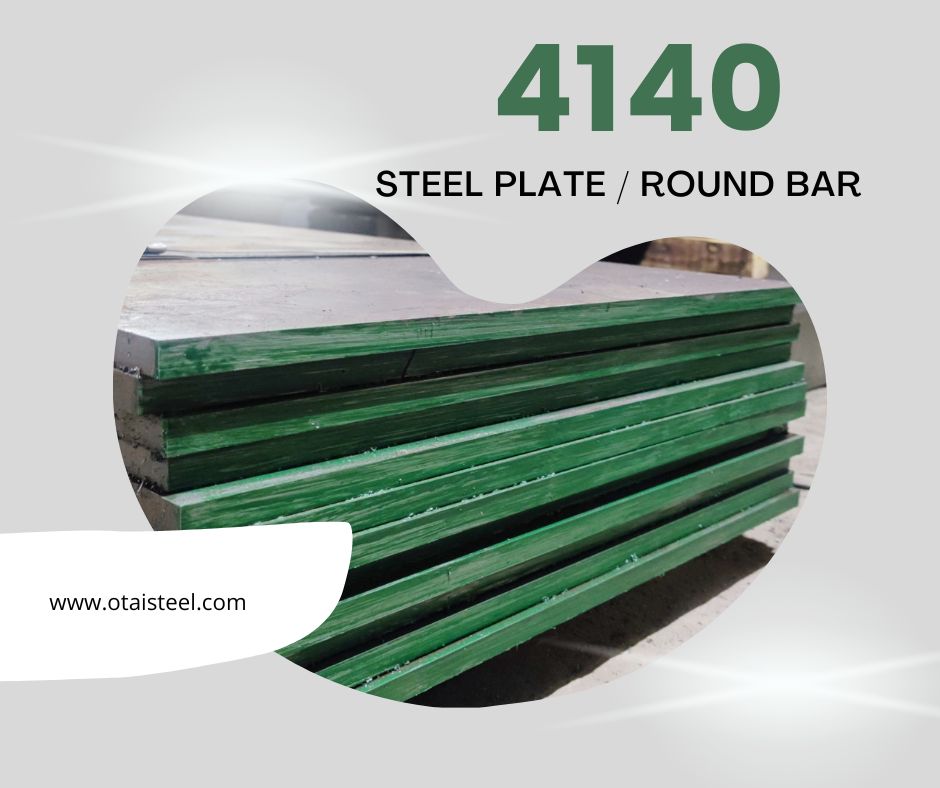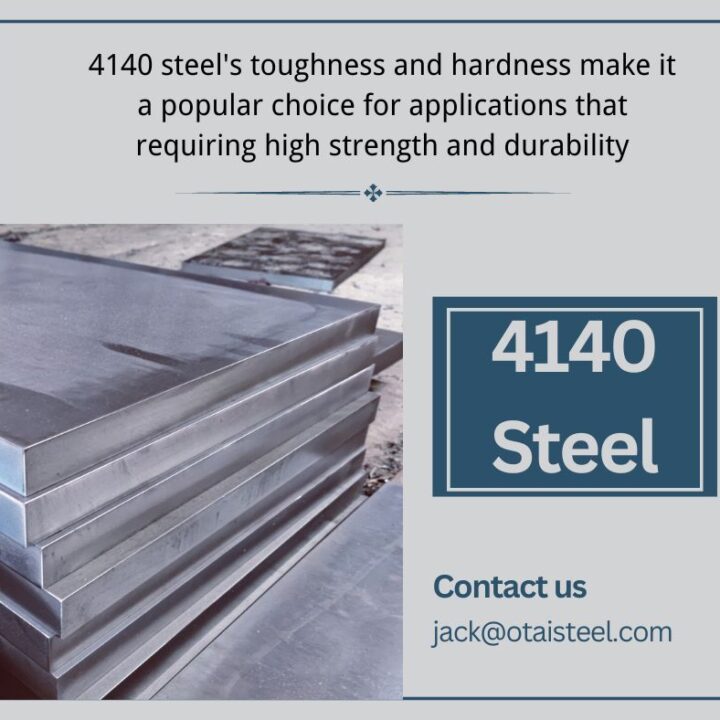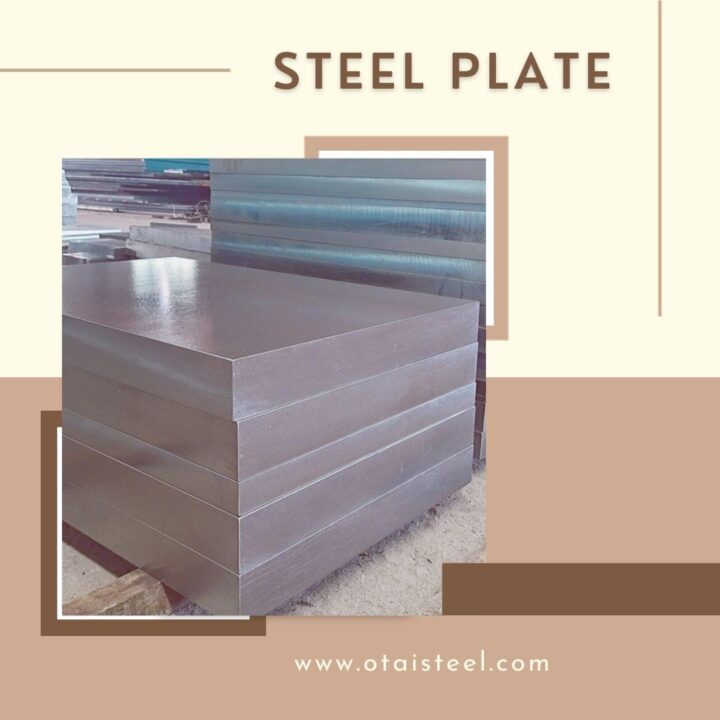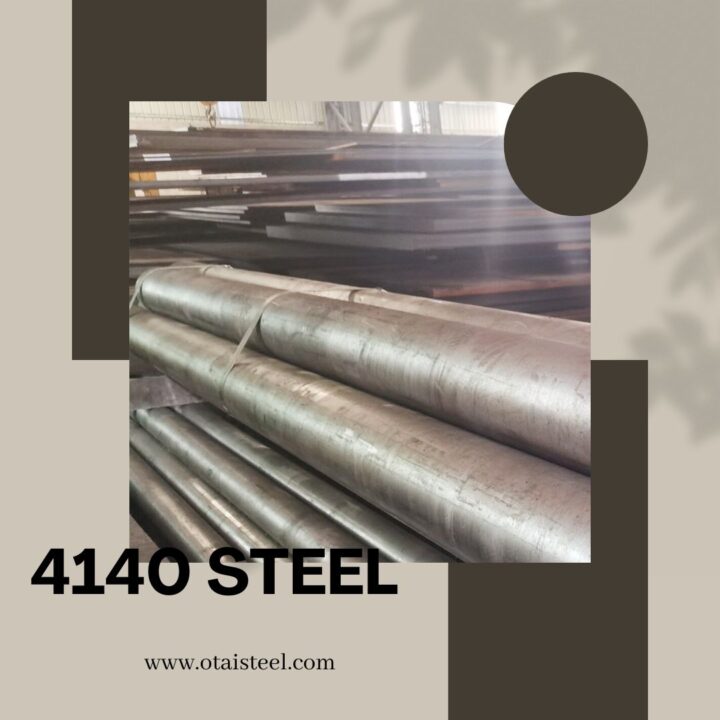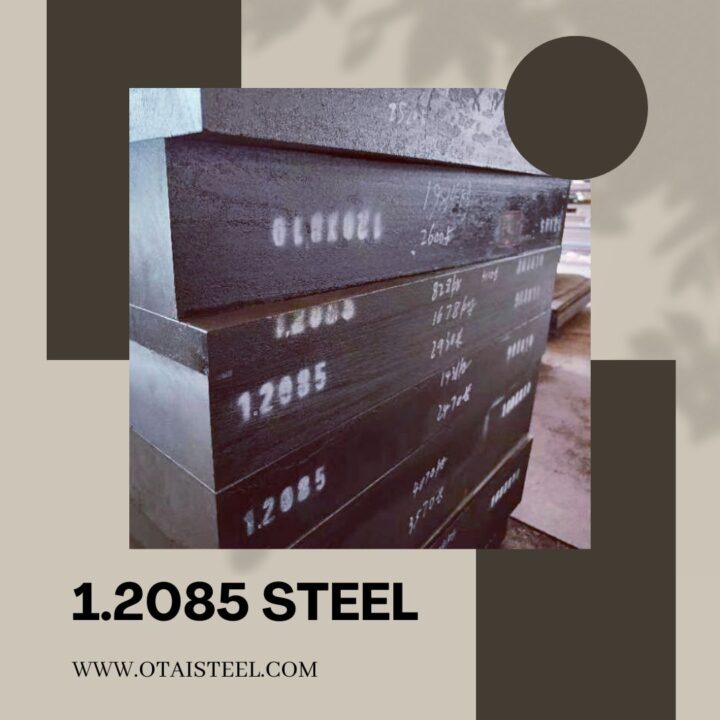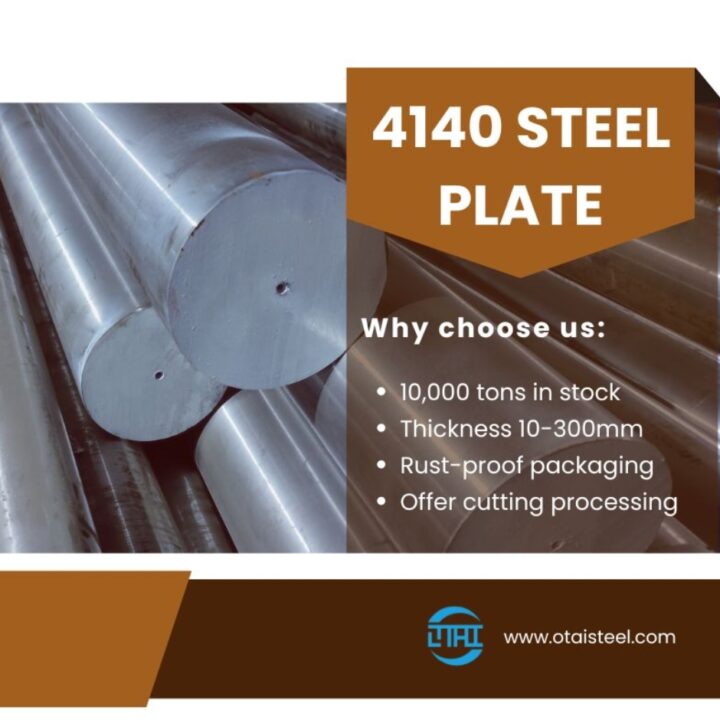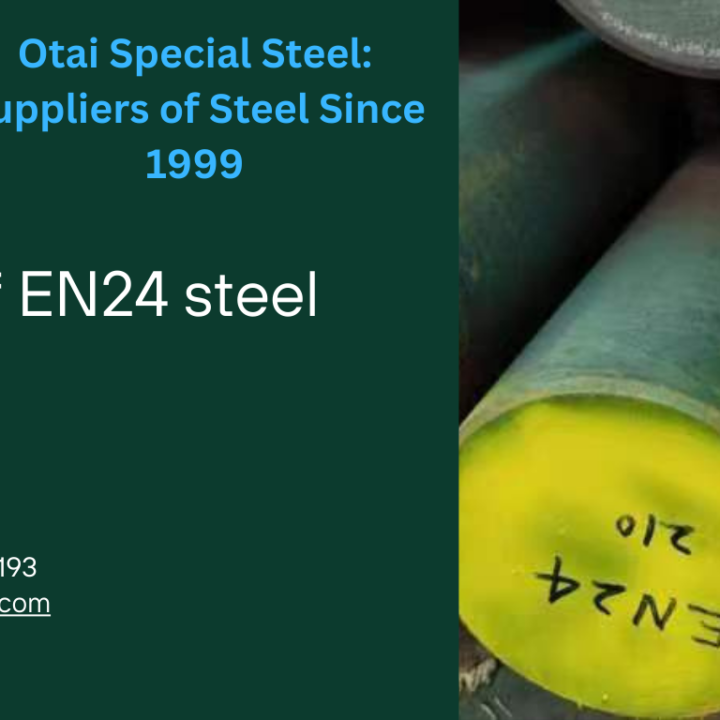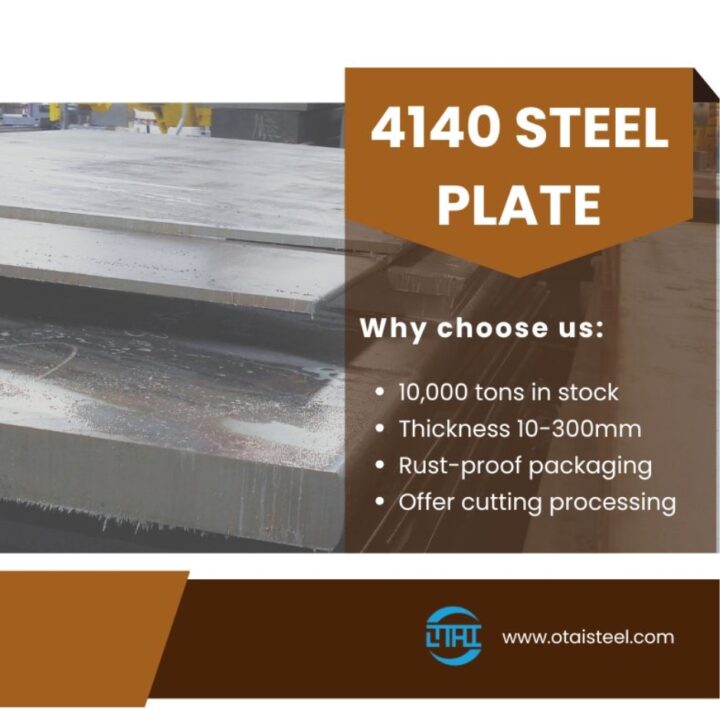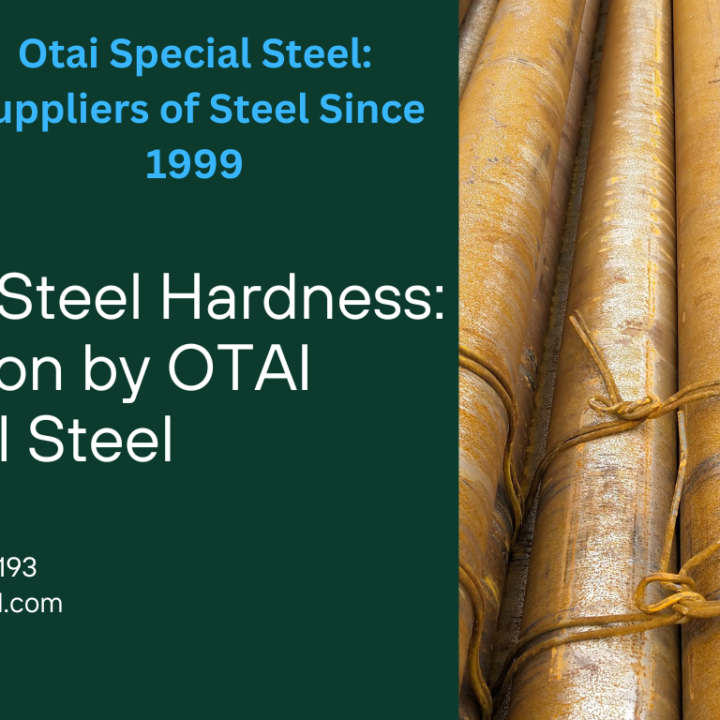Steel is a vital component in construction, manufacturing, and engineering. Two common types of steel, a36 vs 4140 steel, have distinct properties and applications. In this article, we’ll explore these differences, helping you make informed decisions when choosing between them.
Composition and Properties
a36 vs 4140 steel differ significantly in their composition and properties.
- A36 Steel:
- Composition: A36 is a low carbon steel, typically containing around 0.29% carbon, which makes it more malleable and easier to weld.
- Properties: It is known for its excellent weldability and is often used in structural applications, such as buildings and bridges. A36 has a minimum yield strength of 36,000 psi and is easy to machine.
- 4140 Steel:
- Composition: 4140 is an alloy steel containing around 0.40% carbon, as well as chromium and molybdenum, giving it high hardness and wear resistance.
- Properties: This steel is heat-treatable and offers excellent strength and toughness. It’s commonly used in applications where high strength and durability are crucial, such as in the aerospace and automotive industries.
Strength and Hardness
One of the most significant differences between A36 and 4140 steel is their strength and hardness.
- A36 Steel:
- Strength: A36 steel is not as strong as 4140 steel. It has a lower tensile strength, making it suitable for less demanding structural applications.
- Hardness: A36 steel is relatively soft compared to 4140, which means it’s not well-suited for high-stress applications.
- 4140 Steel:
- Strength: 4140 steel offers high tensile strength, making it ideal for applications where strong and durable components are required.
- Hardness: It has excellent hardness and wear resistance, which is essential in industries like aerospace, where components are subjected to extreme conditions.
Heat Treatment
A36 and 4140 steel can undergo different heat treatment processes to further enhance their properties.
- A36 Steel: While A36 can be heat-treated, it’s typically not used for this purpose. Its main appeal lies in its ease of fabrication and welding.
- 4140 Steel: 4140 is well-known for its heat-treatable properties. It can be subjected to processes like quenching and tempering to achieve desired levels of hardness and strength. This feature makes 4140 steel a top choice for applications where customized properties are crucial.
Weldability
Weldability is an essential factor in many applications, as it determines how easily components can be joined together.
- A36 Steel: A36 is highly weldable, thanks to its low carbon content. It can be easily welded using common techniques like arc welding and MIG welding. This makes it an excellent choice for structural applications where welding is prevalent.
- 4140 Steel: While 4140 steel can be welded, it’s not as straightforward as A36. The presence of alloying elements like chromium and molybdenum can lead to issues such as cracking during welding. However, with the right techniques and precautions, it can still be successfully welded.
Common Applications
Understanding the typical applications of A36 and 4140 steel is crucial when deciding which one to use for your project.
- A36 Steel:
- Applications: A36 is widely used in structural and construction projects. It’s seen in the construction of buildings, bridges, and general engineering applications where strength requirements are moderate.
- Common Products: Common A36 steel products include I-beams, angles, and channels.
- 4140 Steel:
- Applications: 4140 is prevalent in industries where high strength and durability are paramount. It is used in manufacturing aircraft parts, automotive components, and even firearms.
- Common Products: You’ll find 4140 steel in products like crankshafts, gears, and axles.
Cost Considerations
The cost of materials is always a factor when choosing between A36 and 4140 steel.
- A36 Steel: A36 is generally more cost-effective than 4140 due to its lower alloying content. If your project does not require the exceptional strength and hardness of 4140, A36 may be the more budget-friendly choice.
- 4140 Steel: 4140 steel, with its alloying elements and superior properties, tends to be more expensive than A36. However, this cost can be justified in applications where the enhanced characteristics are necessary.
Corrosion Resistance
Corrosion resistance is an important consideration, especially when steel components are exposed to environmental factors.
- A36 Steel: A36 steel has limited corrosion resistance and is susceptible to rusting if exposed to moisture and the elements. It often requires additional protective coatings in outdoor applications.
- 4140 Steel: While 4140 steel is more corrosion-resistant than A36, it’s not considered a stainless steel. It can still corrode over time, but its alloying elements provide better protection against rust compared to A36.
Environmental Impact
Environmental concerns have become increasingly important in material selection. Both A36 and 4140 steel have their own environmental implications.
- A36 Steel: A36 is considered a more environmentally friendly option due to its lower alloying content. It can be recycled and reused efficiently, reducing its overall impact on the environment.
- 4140 Steel: 4140 steel, with its alloying elements, may have a higher environmental impact during production. However, it can still be recycled and repurposed, contributing to sustainability efforts.
a36 vs 4140 steel are two distinct materials, each with its own set of properties and applications. A36, with its low carbon content, is ideal for structural applications and general engineering where weldability and moderate strength are key. On the other hand, 4140 steel, with its alloying elements, offers exceptional strength and hardness, making it suitable for industries like aerospace and automotive.
When choosing between these two types of steel, it’s essential to consider factors such as your project’s specific requirements, budget constraints, and the need for heat-treatable properties. Each material has its place in the world of steel, and making an informed decision will ensure the success of your project.
